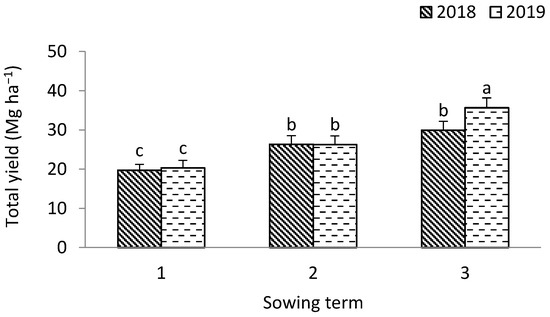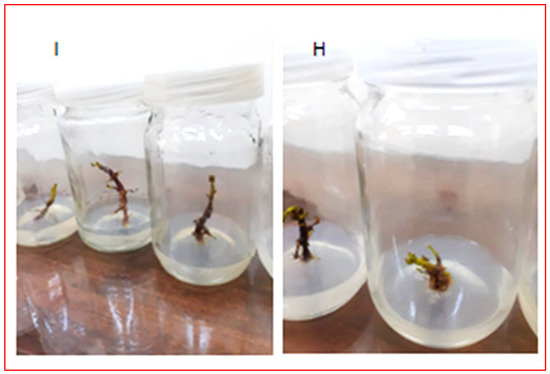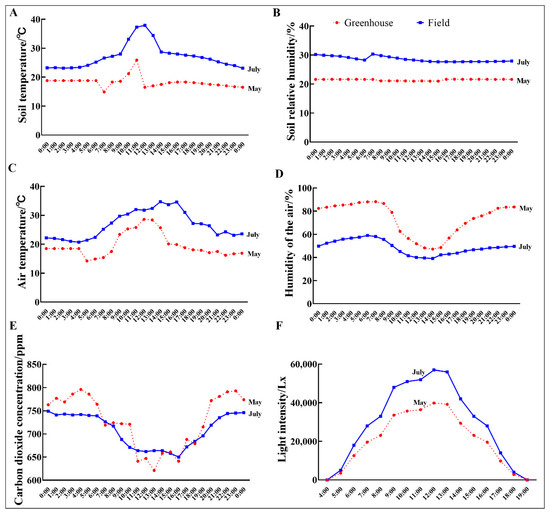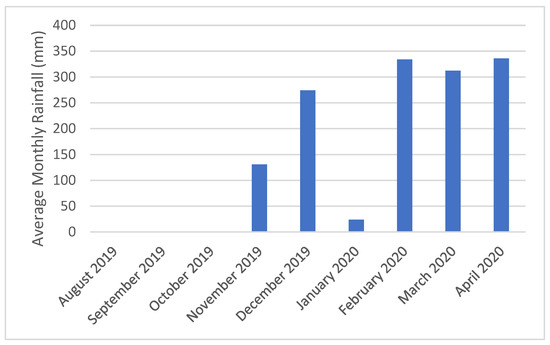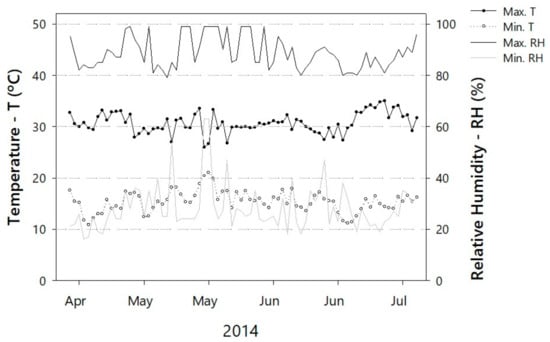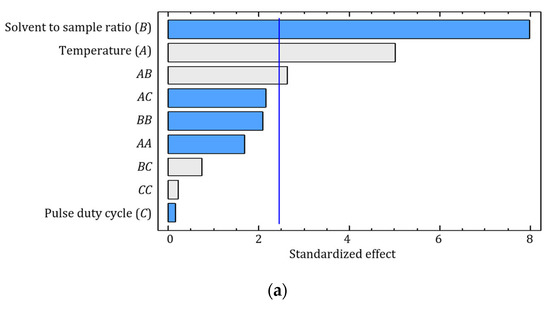Agronomy 2022, 12(11), 2619; https://doi.org/10.3390/agronomy12112619 - 25 Oct 2022
Cited by 7 | Viewed by 2781
Abstract
►
Show Figures
Weed resistance to herbicides should be minimized, as this can lead to serious limitations in the food security for people around the world. The aim of the research was to summarize the latest research on the reactions of plants to pesticides, including herbicides,
[...] Read more.
Weed resistance to herbicides should be minimized, as this can lead to serious limitations in the food security for people around the world. The aim of the research was to summarize the latest research on the reactions of plants to pesticides, including herbicides, in order to assess the possibility of using jasmonates and brassinosteroids to stimulate the natural, induced systemic immunity of plants, as well as outline the possibility of the interaction of oxylipins with ethylene, salicylates and other compounds. Multiple types of resistance correspond to developed mechanisms of resistance to more than one herbicide, and this resistance has been induced by selection processes. Activation of the mechanisms of systemic immunity depends on the reception of extracellular signals, and their transduction between individual cells of the plant organism. Jasmonic acid (JA), as well as its methyl ester (MeJA), ethylene (ET), salicylic acid (SA) and methyl salicylate (MeSA), are key plant growth regulators that play a fundamental role in this process. JA and ET activate the mechanisms of induced systemic immunity (ISR), while SA determines the acquired systemic immunity (SAR). JA, MeJA and OPDA belong to the family of oxylipins, which are derivatives of linolenic acid (CLA), and are a group of active signaling molecules that are involved in the regulation of many physiological processes, including those that are related to herbicide resistance. Understanding the signaling mechanism in oxylipins, and mainly brassicosteroids (BRs) and jasmonates (Jas), would allow a better understanding of how immune responses are triggered in plants.
Full article



